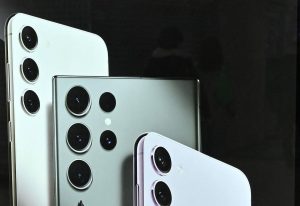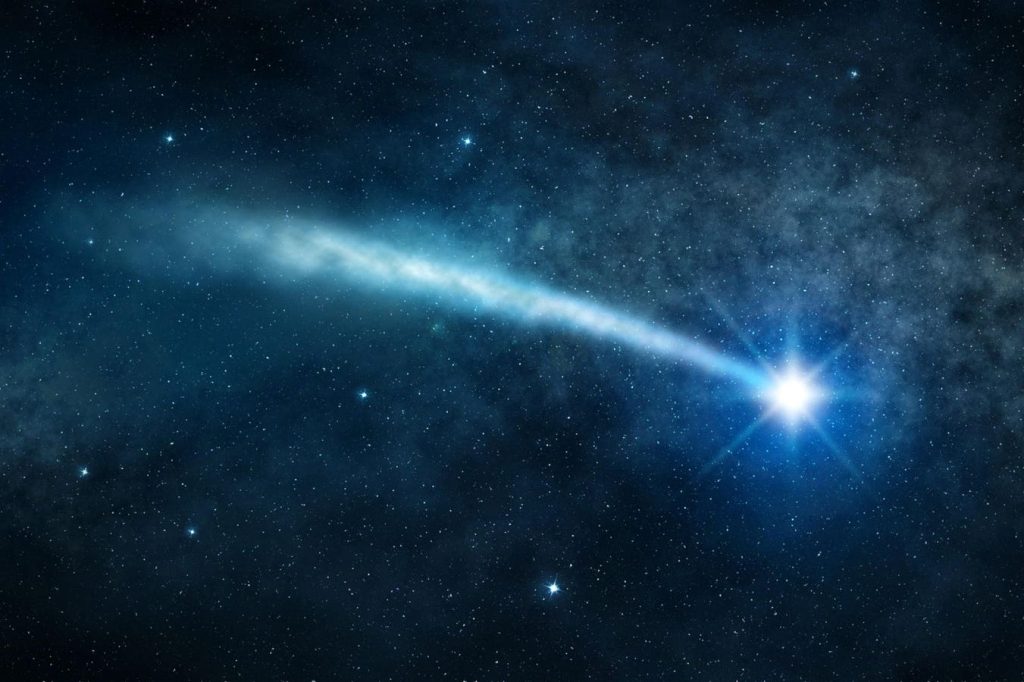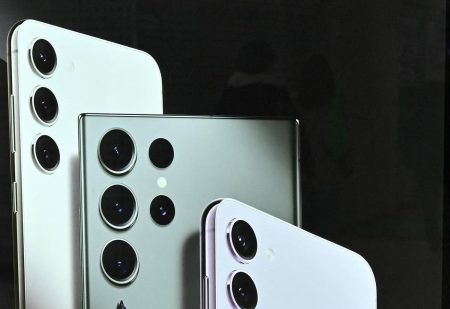In 2014 a meteor the size of a washing machine blazed a path across the sky as the fireball rushed towards its final resting place on the bottom of the ocean off the coast of Papua New Guinea.
Such meteorites reach the surface of Earth almost daily, except some controversial scientists believe this space rock to be different and they’re willing to dive deep to pluck it from the Pacific to prove it.
For the past few weeks, Harvard astronomer Abraham “Avi” Loeb and his team have been aboard a ship named the Silver Star in the South Pacific. They’ve been running a large magnet over the ocean floor and pulling up small, round bits, or “spherules,” of metal that they believe may have come from beyond our solar system.
“We just had a toast of champagne at dinner time on the deck of Silver Star, celebrating the discovery of 50 spherules totaling 35 milligrams near the fireball path of the first recognized interstellar meteor, IM1,” Loeb wrote from the ship in a Medium post Tuesday.
IM1 is the name assigned to that fireball that tore its way through the atmosphere in 2014. Five years later Loeb and one of his students, Amir Siraj, published a paper positing that the extreme speed and brightness of the fireball were unusual enough to suggest it might be made of some extraordinarily tough material originating from interstellar space.
Later, in 2022, US Space Command released an unusual memo confirming the interstellar origin of IM1.
“Dr. Joel Mozer, the Chief Scientist of Space Operations Command … confirmed that the velocity estimate reported to NASA is sufficiently accurate to indicate an interstellar trajectory,” the memo read.
Loeb and his team were already dreaming of picking the pieces of IM1 off the bottom of the Pacific. Charles Hoskinson, the wealthy founder of the Cardano cryptocurrency, stepped forward to fund an expedition under the auspices of Loeb’s Galileo Project, based at Harvard.
Now Loeb is wrapping up a few weeks at sea and sending on dozens of gathered spherules for analysis.
“In the coming weeks we will analyze their elemental and isotopic composition and report our data in a paper submitted to a peer-reviewed journal,” Loeb writes. “Given IM1’s high speed and anomalous material strength, its source must have been a natural environment different from the solar system, or an extraterrestrial technological civilization.”
You read right. Loeb thinks there is a chance IM1 was not a naturally-occurring meteoroid that broke off of some distant space rock, but actually the wreckage of some interstellar alien probe.
An odd visitor sent Loeb’s career on a new trajectory
Loeb was once primarily known as a groundbreaking leader in the field of astrophysics and cosmology, recognized for a career of research into black holes. But over the past decade, since the discovery of bizarre interstellar object ‘Oumuamua in 2017, he has been on something of a crusade to open the minds of his fellow scientists.
Loeb published a book titled “Extraterrestrial” in 2021 making the case that Oumuamua was likely a piece of technology from a society of intelligent extraterrestrials.
His claims have been met by a loud backlash from others in the scientific community, with many astronomers and physicists refuting Loeb’s extraterrestrial hypotheses, not only with regards to Oumuamua, but also IM1 and another potentially interstellar meteor tagged as IM2.
The critics include astronomer Peter Brown from Western University in Ontario. Brown released a pre-print draft of a new research paper this week on the origins of IM1 while Loeb was busy collecting what he hopes to be its remains.
“This fireball, detected by US government sensors on Jan 8, 2014, is most likely not interstellar,” Brown wrote in a summary of the paper on Twitter. “There are several lines of evidence suggesting this interpretation.”
Brown essentially argues that the estimated speed of the meteor provided by the government is off and was likely much slower. Because the data comes from the US Defense Department, the raw data has not been made available for independent analysis.
For his part, Loeb is undaunted by the doubters and focused instead on sipping champagne aboard the Silver Star.
“By the end of this week, we hope to know more about the elemental and isotopic composition of IM1. In response to the nay-sayers we say nothing other than show our data in our first publication. One cannot argue with facts, only with interpretations.”
Read the full article here










